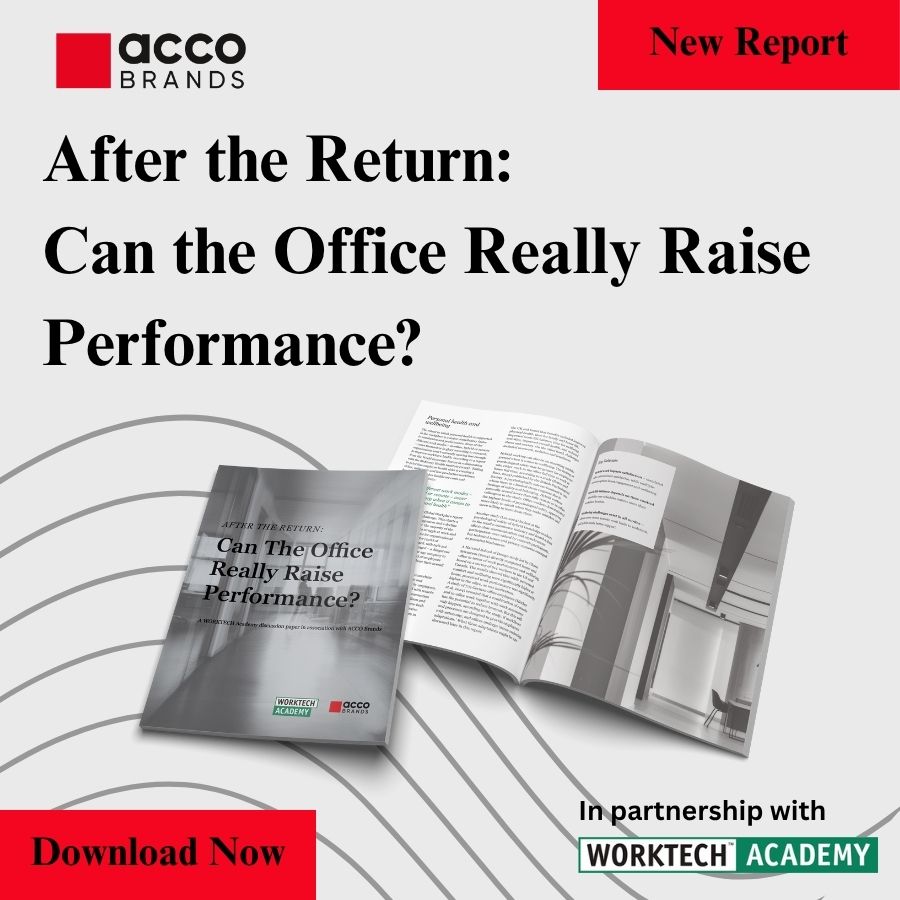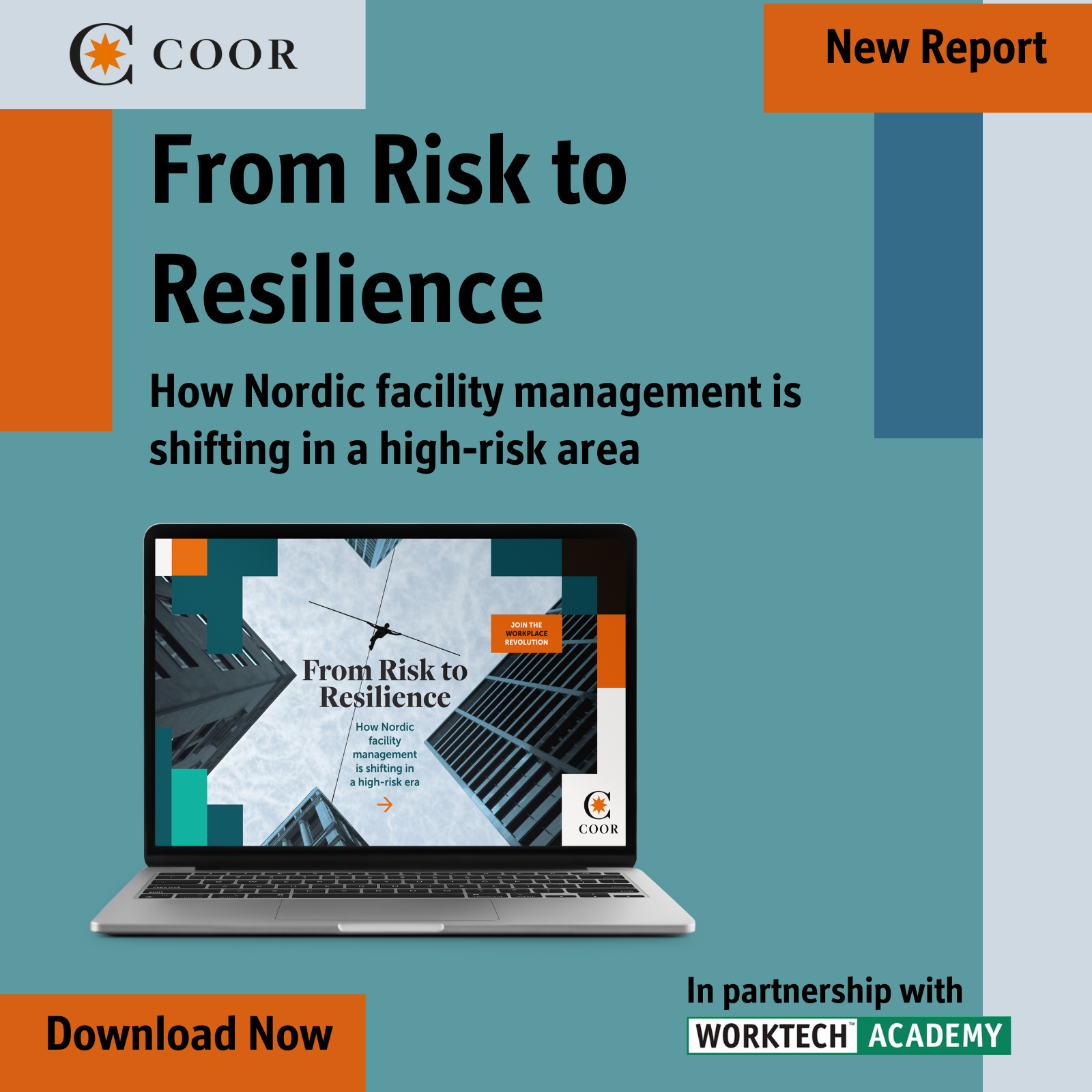How biophilia supports wellbeing in virtual reality environments too
The restorative power of biophilic design has long been evidenced in the academic world and implemented in the professional one. New research suggests it works equally well in VR
New research by Enrico Sella and colleagues at the University of Padova in Italy has underscored the power of biophilic design to enhance wellbeing and cognitive recovery.
An experimental study from a research team in the Department of General Psychology explored the impact of nature-inspired virtual environments on psychophysiological stress. The research focus was on the effectiveness of virtual reality (VR) environments with biophilic characteristics—designed to integrate natural elements—in promoting emotional and physiological recovery after stressful situations.
Two VR environments were developed: the ‘Bio.Pod’, a virtual space with natural elements such as the sound of water and birds in a curved wooden shell, and the ‘Bio.Pod with Nature View’, which included a window overlooking a green landscape in addition to the other elements. A third environment, similar to a neutral break room, served as the control group.
‘Biophilic VR environments demonstrated a positive impact on stress recovery …’
One hundred and fifty young adults (87 of them female) participated in the study. They were assessed for: psychophysiological activity (heart rate and skin conductance); perceived affective states; responses to the emotional qualities of spaces; and perception of restorativeness (i.e. the ability of the environment to promote mental recovery).
The two biophilic environments demonstrated a positive impact on stress recovery, with reduced physiological arousal, improved emotional states, and a more positive evaluation of the environment. Specifically, the ‘Bio.Pod with Nature View’ produced a more marked slowing of heart rate, a sign of relaxation.
In line with other studies
The results not only demonstrate that virtual environments can play a role in supporting mental health and reducing stress in the workplace, but they also sit in line with recently published research studies of biophilic design.
Research by Xing and colleagues (2025) reports, for example, a positive effect of exposure to biophilic design on self-reported psychological states such as lower stress levels, whilst designs without biophilic quality tended to have an adverse effect on psychological states.
Research by Suresh and colleagues (2024) confirms that people are more creative in offices with biophilic design. The researchers introduced a biophilic index score, reflecting the presence or absence of natural light, natural fractals, curves, water (seen and/or sounds), plants, and representations of nature. Employee creativity and its dimensions were found to be comparatively higher in the group with a high biophilic index than in the group with a low biophilic index.
Mousighichi and associates (2024) found that as more biophilic design elements (including visual and auditory stimuli, for instance) are introduced, place attachment increases. This in turn has positive effects on performance, comfort, health, and work engagement.
Nature and healthy eating
However, not all the most recently documented benefits of biophilic design relate to mental performance. Chang and Chiou (2024) found an association between seeing nature and healthier eating choices. In a behavioural experiment, a group viewing images of natural scenes (as opposed to urban scenes) chose drinks with less sugar and ate less ice cream.
Valentine and team (2024) found that looking at biophilic-designed façades reduces neuroinflammation. Neuroinflammation has been linked to anxiety and depression and neurodegenerative disorders, among other undesirable health conditions. Hilbert and colleagues (2024) linked experiencing biophilic design to acting in more sustainable ways. And Yadav and Siddiqui (2024) determined that ‘biophilic design elements contribute to enhanced wellbeing, increased productivity, and greater job satisfaction among employees in corporate environments.’
From whatever angle we investigate the subject, there is growing evidence for why designers should employ biophilic design techniques.
Read more about the power of biophilic design in WORKTECH Academy’s Innovation Zone. Our latest online Expert Session features Dr Vanessa Champion, founder and editor of The Journal of Biophilic Design, who explains how to design high-performance workspaces using just seven biophilic hacks.
Join WORKTECH Academy and gain access to our Online Expert Sessions here.
Read more of the latest research insights from Sally Augustin in Research Roundup, her regular column in the Innovation Zone for WORKTECH Academy members and partners here.
Research sources
Yevvon Chang and Wen-Bin Chiou. 2024. ‘How Exposure to Natural Scenes Can Promote Weight Control Behaviors: A Replication Experiment.’ Journal of Environmental Psychology, vol. 98, 102413.
Micha Hilbert, Carmen Binnewies, and Laura Berkemeyer. 2024. ‘Synergies Between Recovery from Work and Restorative Environments for Sustainable Development: An Integrative Theoretical Perspective.’ Gruppe. Interaktion. Organisation, vol 55, pp. 201-207.
Dian Jiao, Mingzhe Zhao, Jian Tang, and Lu Dazhuang. 2025. ‘Impact of Office Light Environment on Mental Health Interventions for Employees: An Investigative Analysis.’ WORK: A Journal of Prevention, Assessment and Rehabilitation.
Maria Langlois and Pierre Chandon. 2024. ‘Experiencing Nature Leeds to Healthier Food Choices.’ Communications Psychology, vol. 2, no. 24.
Arianna Latini, Simone Torresin, Tin Oberman, Elisa Giuseppe, Francesco Aletta, Jian Kang, and Marco D’Orazio. 2024. ‘Effects of Biophilic Design Interventions on University Students’ Cognitive Performance: An Audio-Visual Experimental Study in an Immersive Virtual Office Environment.’ Building and Environment, vol. 250, 111196.
Pouya Mousighichi, Paniz Samimi, and Baharak Mousapour. 2024. ‘Impact of Biophilic Design Parameters on University Students’ Place Attachment and Quality of Campus Life.’ The Journal of Architecture, vol. 29, no. 1-2, pp. 99-125.
Enrico Sella, Giuliana Salmaso, Leonardo Tizi, Silvia Bellini, Leonardo Nunzi, Nicola Cellini, Sara Errigo, Massimiliano Martinelli, Diego Varotta, and Francesca Pazzaglia. 2025. ‘Restorative Psychophysiological Effects of Biophilic Virtual Environment.’ Journal of Environmental Psychology, vol. 105, 102639.
Sandra Suresh, Dharmendra Kumar-Singh, and Narshingh Kumar. 2024. ‘Exploring the Influence of Biophilic Workplace Design on Employee Creativity: A Comparative Study.’ International Journal of Ecology and Environmental Sciences, vol. 50.
Cleo Valentine, Tony Steffert, Heather Mitcheltree, and Koen Steemers. 2024. ‘Architectural Neuroimmunology: A Pilot Study Examining the Impact of Biophilic Architectural Design on Neuroinflammation.’ Buildings, vol. 14, no. 5, 1292.
Yangang Xing, Nikki Stevenson, Carolyn Thomas, Alex Hardy, Andrew Knight, Nadja Heym, and Alex Sumich. 2025. ‘Exploring Biophilic Building Designs to Promote Wellbeing and Stimulate Inspiration.’ PLoS One.
Megha Yadav and Badruzzama Siddiqui. 2024. ‘Do Biophilic Design Elements Impact Human Resource Productivity in a Corporate Environment?’ 2024 ASU International Conference in Emerging Technologies for Sustainability and Intelligent Systems (ICETSIS).








